The Second Half
Aug 3
/
Jen Macnab

It's time for a comeback.
The first half of 2020 was an uphill journey & team humanity felt the overwhelming heaviness. And now, as we emerge from the halftime locker room, we have some choices regarding our 2nd half strategy.
Might I suggest we pursue nuance? The third way?
The second half presents an opportunity to move beyond framing issues as two-sided. To offer an example, "socially distancing is very good, but not socially distancing is very bad."
Perhaps socially distancing, just like money or the internet, is neither inherently good nor bad. It can be good and helpful but can also be problematic when people lose a sense of purpose, connection, and hope.
Nevertheless, we see this dualism presented in politics and the media, perhaps only to increase with the upcoming elections.
How do you hold the tension?
Are you red or blue? Do you wear a mask or not? Do you watch CNN or Fox?
Perhaps Albert Maysles had it right when he offered, "Tyranny is the deliberate removal of nuance." And often, tyranny is what we feel when presented with binary absolutes. We feel pressed to take a position.
Think about this situation: you come to a fork in the road and have to decide what to do.
What way do you go? The pressure is on- you must determine a way forward. Do you summon your inner Robert Frost and opt for "The Road Not Taken," or march down the beaten path? Left or right? A or B?
Or perhaps, as the old riddle suggests, you can come to the fork in the road, pick it up, and then continue forward.
Although we initially envision the fork presenting us with only two options for travel, perhaps the fork was simply a piece of silverware. It cuts into the conversation from an entirely different angle.
The key to finding nuance is standing in the tension of the fork. And despite the reports from the media, I believe that humanity is beginning to embrace nuanced paths forward that move beyond the illusion of divide. We are finding life in the now.
How do I know? Because I see nuance emerging all around. For example:
The fun signs that someone put around our neighborhood encouraging people to walk silly. The postings did not mention walking 6 feet apart or wearing masks. I think they assume we already got those memos. These signs were merely there to put a smile on a face. It worked.
The beautifully painted rocks that one neighbor placed on the path in the park. We couldn't use the playground, but we found joy in finding her artwork and re-hiding for others.
The dear friends who live across the street inviting us to their porch for "wine o'clock." We sat many feet apart on a sunny day and visited outside.
The elderly lady who was out watering her garden while I ran by with kids on bikes. "Way to get them outside and active," she cheered with a big thumbs up.
Nuance helps us make each day count, and it fits us better than strife and division.
Now don't get me wrong; it can sometimes be incredibly tough to hold the tension.
And occasionally, we must side.
As it turns out, though, the "sides" are sometimes merely illusions of separation for two individuals or groups that want the same thing. A comment from my last blog post comes to mind. One reader opined, very upset that I suggested coming together for a neighborhood fireworks show. I get it- she valued life. So do I.
Truth be told, we can do nuance with thoughtfulness and integrity. We can do nuance without fear. And interestingly, although nuance might look different from one person to another, it can invite unity.
Halftime is over, and we are coming out of the locker room. We are posting silly signs, sharing decorated rocks, greeting from the trail, and "visiting apart" together on the front porch.
And in the second half, we are discovering victory in the nuance.

Jen Macnab
Jen Macnab enjoys living in Tigard with her husband and two daughters. Together they keep busy with a garden, outdoor clothesline, and backyard chickens. Jen also serves with the Seminary Doctoral Programs at Portland Seminary. https://www.jenmacnab.com
Jen Macnab enjoys living in Tigard with her husband and two daughters. Together they keep busy with a garden, outdoor clothesline, and backyard chickens. Jen also serves with the Seminary Doctoral Programs at Portland Seminary. https://www.jenmacnab.com

